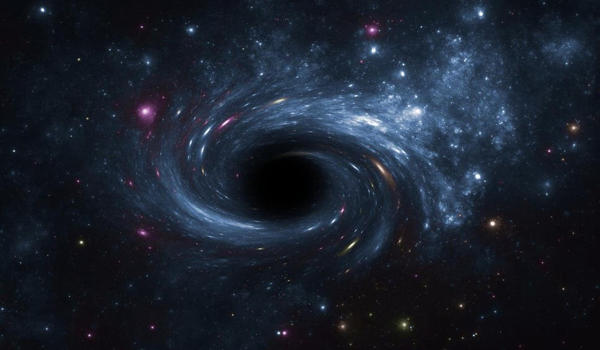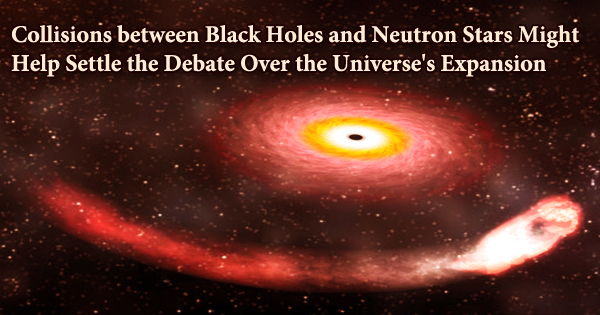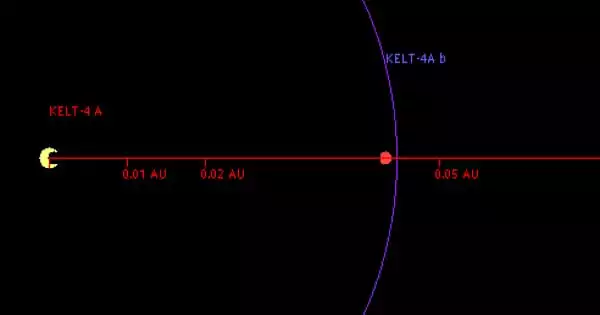A black hole is a region in space where the pulling force of gravity is so strong that light is not able to escape. A stellar black hole (or stellar-mass black hole) is a type of black hole formed by the gravitational collapse of a star. Stellar black holes, with masses less than about 100 times that of the Sun, comprise one of the possible evolutionary endpoints of high mass stars. They have masses ranging from about 5 to several tens of solar masses. Once the core of the star has completely burned to iron, energy production stops and the core rapidly collapses resulting in a supernova explosion. The process is observed as a hypernova explosion or as a gamma-ray burst. If the core is greater than about 2-3 solar masses, the pressure of neutrons is unable to stop the collapse and a stellar black hole is formed. These black holes are also referred to as collapsars.
For one to be made, a star five to several tens the mass of our Sun must explode into a supernova. These black holes are generally modelled as Kerr black holes, as it is expected that the original rotation of the massive star would be conserved during the collapse and that black holes contain a little electric charge. Supermassive black holes exist in the center of most galaxies, including our own Milky Way Galaxy. They are astonishingly heavy, with masses ranging from millions to billions of solar masses.
The process is seen as a hypernova explosion, or as a gamma-ray burst. These black holes are also called collapsars. Since radiation cannot escape the extreme gravitational pull of a black hole once it crosses the event horizon, it is very difficult to discover one in isolation.

Properties
By the no-hair theorem, a black hole can only have three fundamental properties: mass, electric charge, and angular momentum (spin). It is believed that black holes formed in nature all have some spin. The spin of a stellar black hole is due to the conservation of angular momentum of the star or objects that produced it. Stellar black holes are therefore most easily found in X-ray binary systems, where gas from a companion star is being pulled into the black hole.
The gravitational collapse of a star is a natural process that can produce a black hole. It is inevitable at the end of the life of a large star when all stellar energy sources are exhausted. If the mass of the collapsing part of the star is below the Tolman–Oppenheimer–Volkoff (TOV) limit for neutron-degenerate matter, the end product is a compact star — either a white dwarf (for masses below the Chandrasekhar limit) or a neutron star or a (hypothetical) quark star.
Astronomers can also measure the mass of the black hole (typically between 3 and 20 solar masses for a stellar black hole) by observing its gravitational effect on the companion star. The maximum mass that a neutron star can possess (without becoming a black hole) is not fully understood. In 1939, it was estimated at 0.7 solar masses, called the TOV limit. In 1996, a different estimate put this upper mass in a range from 1.5 to 3 solar masses.
Information Source:
















